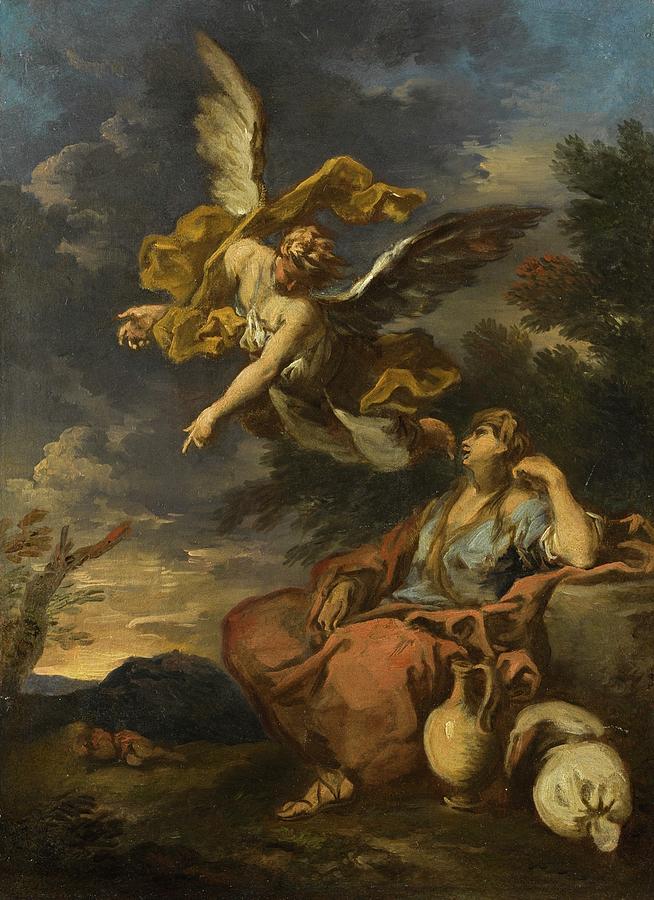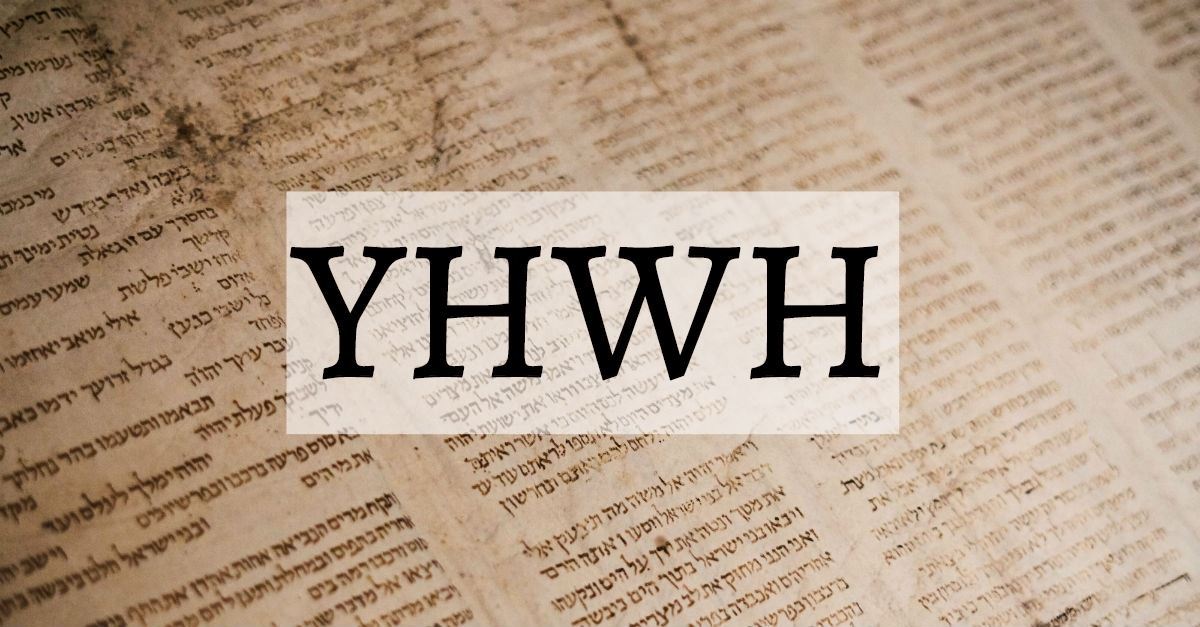Is the Trinity in the Old Testament?

The early church, Christian thinkers have seen a shadowy witness to the Trinity in the “let us” of Genesis 1:26. However, it is considerably more likely that the plurality seen in this text relates, first and foremost, to the Divine Council — a monotheist form of the assembly of the gods one encounters in various ancient Near Eastern cosmologies.

Even in the book of Revelation, this remains the chief context in which God is revealed: not in his eternal, invisible, uncreated transcendence, but in variegated theophanic manifestations in the created realm of a heavenly throne room and assembly — the throne, the Lamb, and the sevenfold Spirit, surrounded by four living creatures, twenty-four elders, seraphim, cherubim, various angelic ministers, and redeemed human beings. These theophanic manifestations reveal God, while not being directly identified as God.
Son and Spirit
A fuller understanding of the identity of Christ and the Trinity emerges only gradually out of reflection upon the more complex portrait of the realm and operations of heaven and its beings, something that was already well underway by the time of the New Testament, exciting intense speculation within apocryphal, deuterocanonical, and other Jewish literature around figures or personifications such as the Son of Man, the Archangel Michael, Enoch, Logos, and Wisdom.

Angel of the Lord
For instance, on several occasions in the Old Testament, we see theophanic appearances of God and encounters with the Angel of YHWH or Angel of God.
The Angel of YHWH is a mysterious figure, both distinct from YHWH as his messenger yet seemingly directly identified with him at other points (Exodus 23:20–22). He speaks as God in the first person (Genesis 16:10; 22:11–18; 31:11) and is addressed as God by human beings (Genesis 16:13; Judges 13:22) and by the Scriptures themselves (Exodus 3:2–4).
In Genesis 18, for example, Abraham and Sarah are visited by three men, one of whom seems to be YHWH himself (Genesis 18:1, 9–22). While two of the men — referred to as “angels” in the next chapter — proceed to Sodom, YHWH remains to speak with Abraham, presumably in a human appearance, before “going his way” after their conversation concludes (Genesis 18:33).
The Gospels present Christ in the mould of a pre-existent heavenly being, one who has “come” — as angels might — on an earthly mission. He is recognized by demons and speaks of himself as the “Son of Man.”
His true divine identity only gradually comes into clarity, most particularly as the evangelists identify Christ with previous theophanic appearances of the Old Testament: with such visions as Jacob’s ladder (John 1:51), God’s appearance to Moses on Sinai (Luke 9:28–36; John 1:14–18), the Angel that led Israel out of Egypt (Jude 5; 1 Corinthians 10:9–10), the glorious appearance to Isaiah in the temple (John 12:41), or the Son of Man seen by Daniel (Acts 7:56).
When Christ comes on the scene, he comes as a silhouetted figure who has been active in salvation and judgment throughout Israel’s history, finally stepping into the light. When Christians see Christ and the Trinity in the Old Testament, we are following the New Testament’s own lead.

Spirit of the Lord
The mysterious way in which the Angel of YHWH can speak of God in both the first and third-person invites reflection. The same can be said of the Spirit of God, which is both distinguished from and identified with God, manifested in such things as the Shekinah cloud.
The Angel and the Spirit are not merely individually associated with YHWH, but are intimately connected with each other. In Images of the Spirit, Meredith Kline observes the diverse forms of theophanies, where the Angel can appear with or without the Glory phenomena of the Spirit.
Revisiting such texts, in the light of New Testament revelation and later Christian reflection on the doctrine of the Trinity, not only helps us to make sense of scriptures that were formerly dark or veiled but enables us to see Old Testament analogies to Christ’s humiliation and glorification.

God’s Uncreated Being
As we have seen, the doctrine of the Trinity comes into clearer view as the Creator-creature distinction is applied to the realm of the Divine Council and figures such as the Angel of YHWH and the Holy Spirit are recognized as God himself.
However, the heavenly realm exists within the bounds and phenomena of creation itself; it is only as of the horizon of creation retreats from view, or as God is seen over against the creation, that God’s uncreated being and self-relations will better be seen.
It is here that, as we follow the New Testament’s guidance, we can see the fullest revelations of the Trinity in the Old Testament. John’s Gospel, most notably, introduces Christ as the eternal and uncreated Word of creation, the one through whom all things were made.
In Colossians 1:15–20, Paul meditates on various senses of the term Bereshit (“in the beginning”) with which Genesis — and the entire Scriptures — begin:
Christ is the firstborn, supreme, the head, the beginning. Christ is not merely an exalted heavenly being, but he performed the work of creation itself as God. And the New Testament authors invite us to reread the creation narrative in a way that perceives his agency.
Perhaps one of the most distinctive features of such passages is their careful use of prepositional rather than substantial distinctions between the persons of the Trinity —
“from” the Father, “through” or “by” the Son, “in” the Holy Spirit — presenting us with a single yet internally differentiated act of one God in three persons. As all created powers retreat from view, rather than merely seeing the divinity of three detached agents, we see the unity of the one triune God in his indivisible activity.
Rereading the Creation
God creates as the transcendent speaker, the one who sends out his own Word to bring things into being from nothing.
Second, God creates as the maker of concrete reality, the one whose hands formed the dry land, who holds all things in order.
Third, God creates as he gives life, breath, and strength by his indwelling power. From such a picture, further details of the creation account may also be revealed in a new aspect: the Spirit hovering over the primaeval waters, the archetypal image of God in which humanity is created, the light that first dawns in creation, and more.
Christian readers do not have to strain their eyes to see glimpses of the Trinity here.
Author: A. Roberts

